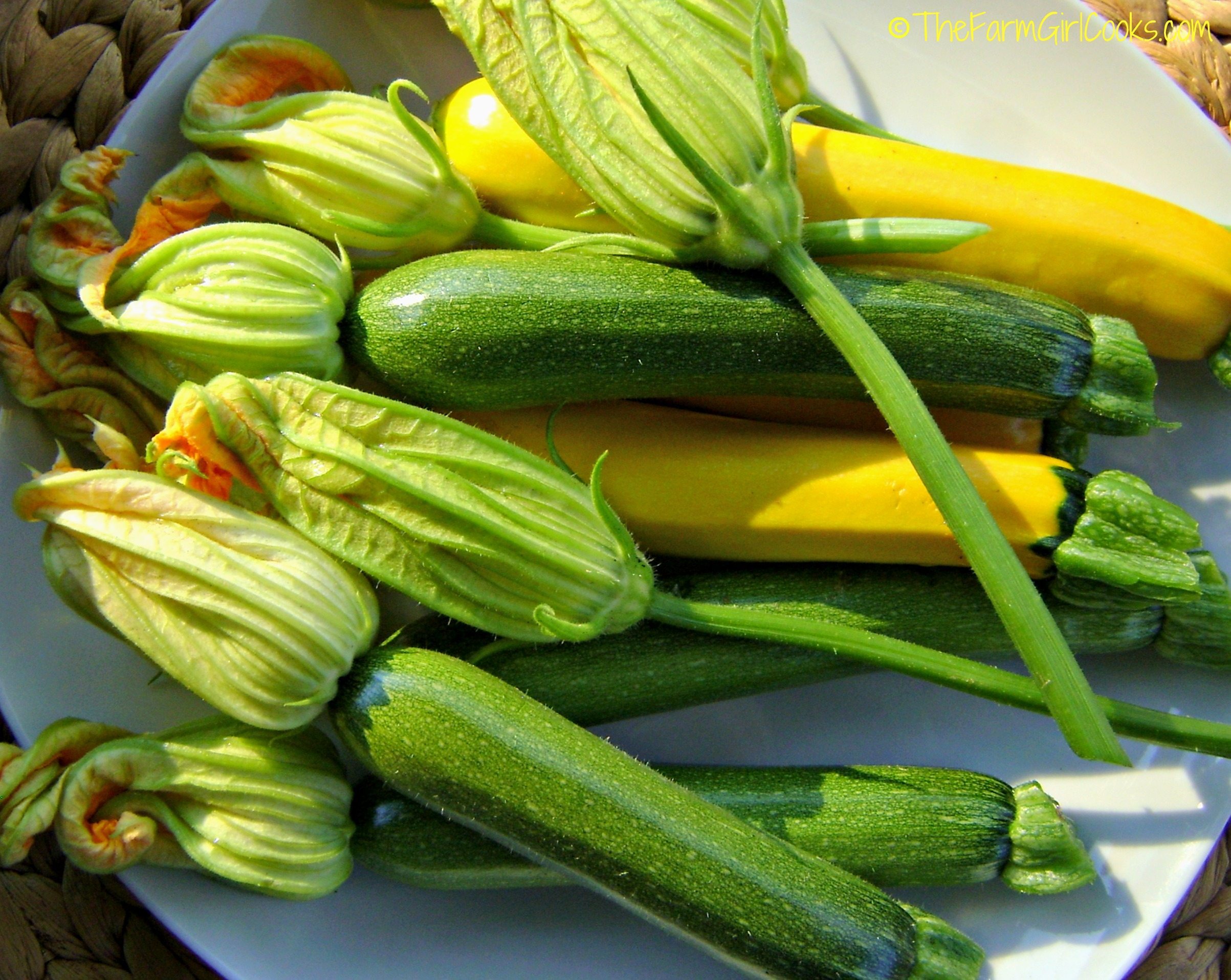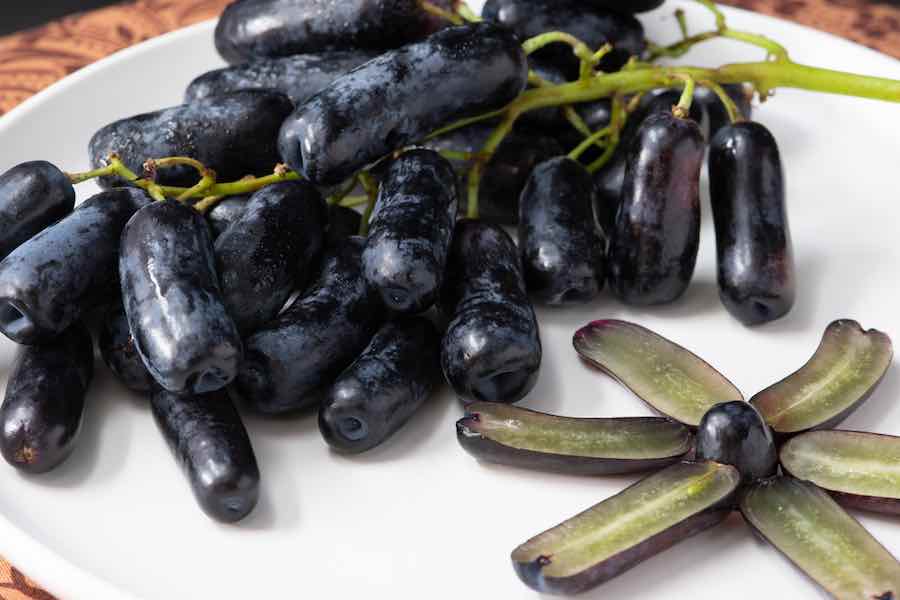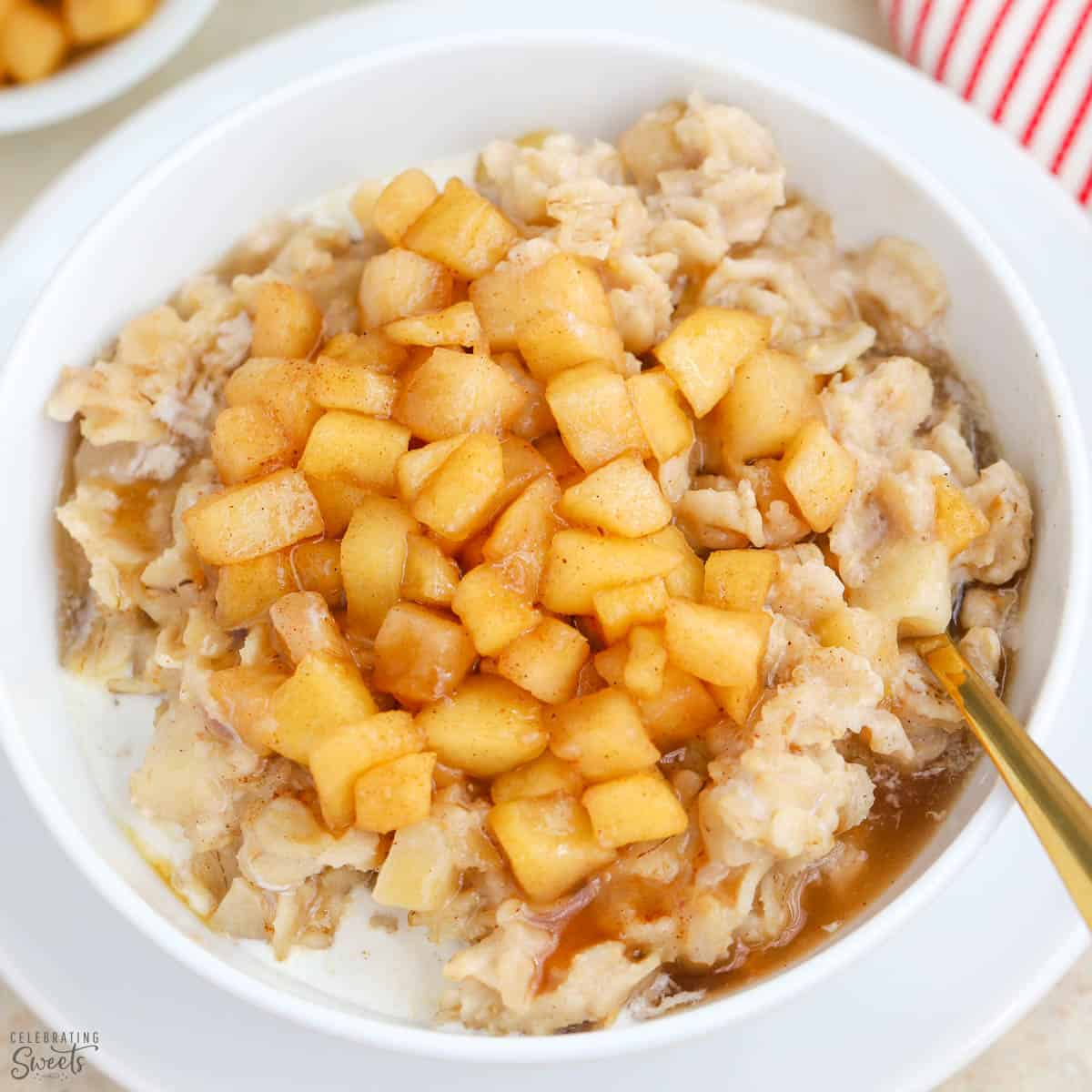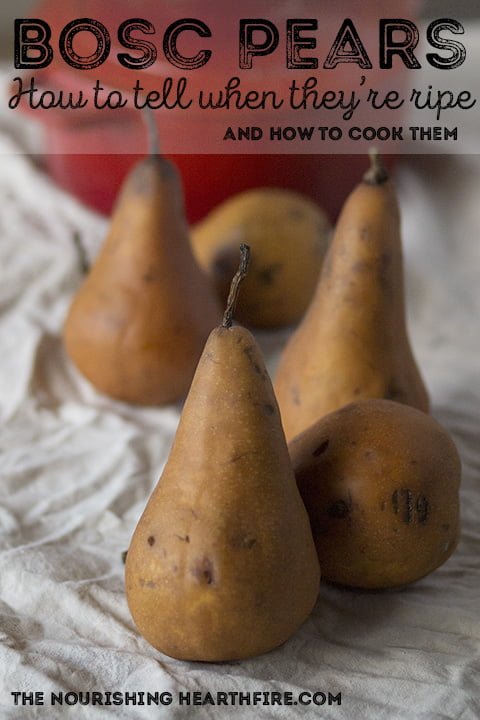So you’ve found yourself with a surplus of overgrown yellow squash and you’re not quite sure what to do with it. Fear not, because we’ve got you covered! In this article, we’ll share some creative and delicious ways to utilize those oversized squash in your kitchen. From turning them into crispy fries to simmering them in a savory stew, you’ll learn how to transform those overgrown yellow squash into mouthwatering dishes that will impress even the pickiest eaters. Get ready to make the most out of your garden harvest and embrace the magic of these abundant vegetables!

Roasting Overgrown Yellow Squash
Preheat the oven
To start roasting your overgrown yellow squash, preheat your oven to 400°F (200°C). This will ensure that your squash cooks evenly and develops a delicious golden-brown exterior.
Prepare the squash
Begin by washing and drying your overgrown yellow squash. Then, trim off the ends and slice the squash into approximately ¼-inch thick rounds. You can leave the skin on for added texture and nutrients.
Season the squash
In a mixing bowl, toss the sliced squash with olive oil, salt, and pepper. You can also add other herbs and spices to your liking, such as garlic powder, paprika, or thyme. Make sure each slice is coated evenly for maximum flavor.
Roast the squash
Spread out the seasoned squash slices in a single layer on a baking sheet lined with parchment paper or aluminum foil. Place the baking sheet in the preheated oven and roast for about 20-25 minutes, or until the squash is tender and slightly caramelized around the edges.
Serve and enjoy
Once the overgrown yellow squash is roasted to perfection, remove it from the oven and let it cool slightly before serving. It pairs wonderfully with grilled meats, as a side dish, or even tossed into salads. Enjoy the rich, caramelized flavors of the roasted squash!
Grilling Overgrown Yellow Squash
Preheat the grill
To infuse your overgrown yellow squash with smoky, grilled flavors, preheat your grill to medium-high heat. This will ensure that the squash gets nicely cooked without becoming too charred.
Prepare the squash
Start by rinsing your overgrown yellow squash under cold water and patting it dry. Cut off the ends and slice the squash lengthwise into long strips or rounds, depending on your preference. Leave the skin intact to add more texture to your grilled squash.
Season the squash
In a small bowl, combine olive oil, minced garlic, salt, and pepper. Brush or drizzle this mixture over the sliced squash, making sure to coat both sides evenly. You can also sprinkle some dried herbs like oregano or rosemary for extra flavor.
Grill the squash
Place the seasoned squash slices directly on the grill grates, making sure they are arranged in a single layer. Grill the squash for about 3-4 minutes per side, or until tender and slightly charred. Make sure to keep an eye on them to prevent burning.
Serve and enjoy
Once your grilled overgrown yellow squash is cooked to perfection, transfer it to a serving platter. This versatile dish can be enjoyed as a standalone side, incorporated into sandwiches or wraps, or even used as a topping for pizzas. Get ready to savor the smoky, grilled goodness!
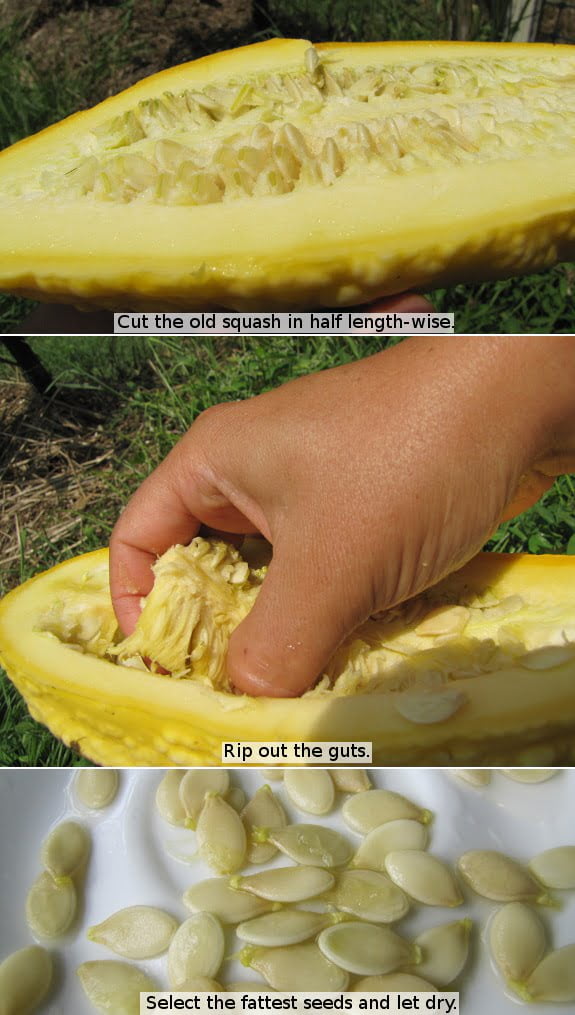
Making Stuffed Overgrown Yellow Squash
Prepare the squash
To create a truly satisfying stuffed overgrown yellow squash dish, start by prepping the squash. Rinse it under cool water, remove the stem and blossom ends, and slice it lengthwise in half. Scooping out the seeds and some flesh will create a hollow space for the filling.
Scoop out the flesh
Using a spoon or a small knife, carefully remove the flesh from the center of each squash half, leaving a sturdy shell behind. Be sure not to go too deep, as you want the squash to retain its shape while baking.
Prepare the filling
In a mixing bowl, combine the scooped-out squash flesh with a flavorful filling of your choice. Popular options include cooked ground meat, such as sausage or beef, mixed with sautéed onions, garlic, and herbs. You can also use a vegetarian filling with cooked quinoa, diced vegetables, and feta cheese for added texture and taste.
Stuff and bake the squash
Fill each hollowed-out squash half with the prepared filling, packing it tightly. Place the stuffed squash in a baking dish and cover it loosely with foil. Bake in a preheated oven at 375°F (190°C) for approximately 30-35 minutes, or until the squash is tender and the filling is heated through.
Serve and enjoy
Allow the stuffed overgrown yellow squash to cool slightly before serving. This delightful and hearty dish can be enjoyed as a main course or as a visually appealing side dish. The combination of the tender squash and flavorful filling will truly satisfy your taste buds!
Creating a Creamy Overgrown Yellow Squash Soup
Gather the ingredients
Before you start making your creamy overgrown yellow squash soup, gather all the necessary ingredients. You will need overgrown yellow squash, onion, garlic, vegetable broth, butter, cream (or a dairy-free alternative), and seasonings like salt, black pepper, and nutmeg.
Prep the squash
Wash the overgrown yellow squash under cool water and pat them dry. Remove the stem and blossom ends, and then roughly dice them into chunks. It’s not necessary to peel the squash as the skin adds texture and nutrients to the soup.
Cook the squash
In a large pot, melt the butter over medium heat. Add chopped onions and minced garlic, sautéing them until they become fragrant and translucent. Add the diced overgrown yellow squash and cook for about 5 minutes, stirring occasionally, until they start to soften.
Blend the soup
Once the squash is softened, pour in the vegetable broth, enough to cover the squash completely. Simmer the mixture for 15-20 minutes or until the squash is fully cooked and easily mashed with a fork. Use a blender or an immersion blender to puree the soup until smooth and creamy.
Season and serve
Return the blended soup to the pot and place it on low heat. Add cream and seasonings like salt, black pepper, and a pinch of nutmeg to enhance the flavors. Stir well and let the soup simmer for a few minutes to allow the flavors to meld together. Serve the creamy overgrown yellow squash soup hot, garnished with fresh herbs, croutons, or a drizzle of olive oil.

Whipping Up Overgrown Yellow Squash Fritters
Grate the squash
To make delicious overgrown yellow squash fritters, start by grating the squash. You can use a box grater or a food processor with a grating attachment. Grate the squash into a bowl, using the medium or large-sized holes depending on the texture you desire.
Salt and drain the grated squash
Once the squash is grated, sprinkle it with a generous amount of salt. This will draw out excess moisture and prevent your fritters from becoming soggy. Let the grated squash sit for about 10-15 minutes to allow the salt to work its magic. Then, using a clean kitchen towel or cheesecloth, squeeze out as much liquid as possible.
Prepare the batter
In a separate bowl, prepare the batter for your fritters. Whisk together flour, eggs, finely chopped onion, minced garlic, and your choice of seasonings such as paprika, chili powder, or dried herbs. Consider adding a handful of grated cheese, like cheddar or Parmesan, for extra flavor.
Fry the fritters
Now it’s time to bring your fritters to life! Heat a large skillet or frying pan over medium heat and add a generous amount of cooking oil. Once the oil is hot, take small portions of the grated squash mixture and drop them into the pan, flattening them slightly with a spatula. Cook the fritters until they turn golden brown on both sides, typically about 3-4 minutes per side. Repeat this process until all the batter is used.
Serve with a dip
Once the fritters are beautifully golden and crispy, remove them from the pan and place them on a paper towel to absorb any excess oil. Serve the overgrown yellow squash fritters warm with your favorite dip, such as tzatziki, sour cream, or a tangy salsa. These delightful bites make a great appetizer, side dish, or even a light snack.
Making Overgrown Yellow Squash Pickles
Gather the ingredients
To make delicious overgrown yellow squash pickles, gather the necessary ingredients. You will need overgrown yellow squash, vinegar, water, sugar, salt, mustard seeds, garlic cloves, dill seeds, and bay leaves. Feel free to adjust the seasonings and spices to your taste.
Slice the squash
Wash and dry the overgrown yellow squash. Using a sharp knife or a mandoline slicer, slice the squash into thin rounds or spears. Keep in mind that the thickness of the slices will affect the texture of the pickles.
Prepare the brine
In a large saucepan, combine vinegar, water, sugar, and salt. Stir the mixture over medium heat until the sugar and salt dissolve completely. Add mustard seeds, whole garlic cloves, dill seeds, and bay leaves to the brine. Let the mixture simmer for a few minutes to allow the flavors to meld together.
Jar and store the pickles
Layer the sliced overgrown yellow squash into clean jars. Pour the hot brine mixture over the squash, ensuring that all the slices are fully submerged. Place the lids on the jars and let them cool to room temperature. Once cooled, refrigerate the jars for at least 48 hours to allow the flavors to develop. These pickles can be stored in the refrigerator for up to several weeks.
Allow for curing time
After the pickles have had their initial 48-hour chilling period, they will continue to cure and become more flavorful over time. Ideally, wait at least a week before diving into these tangy overgrown yellow squash pickles. Use them as a condiment, enjoy them in sandwiches, or even add them to your charcuterie boards for a burst of zesty goodness.
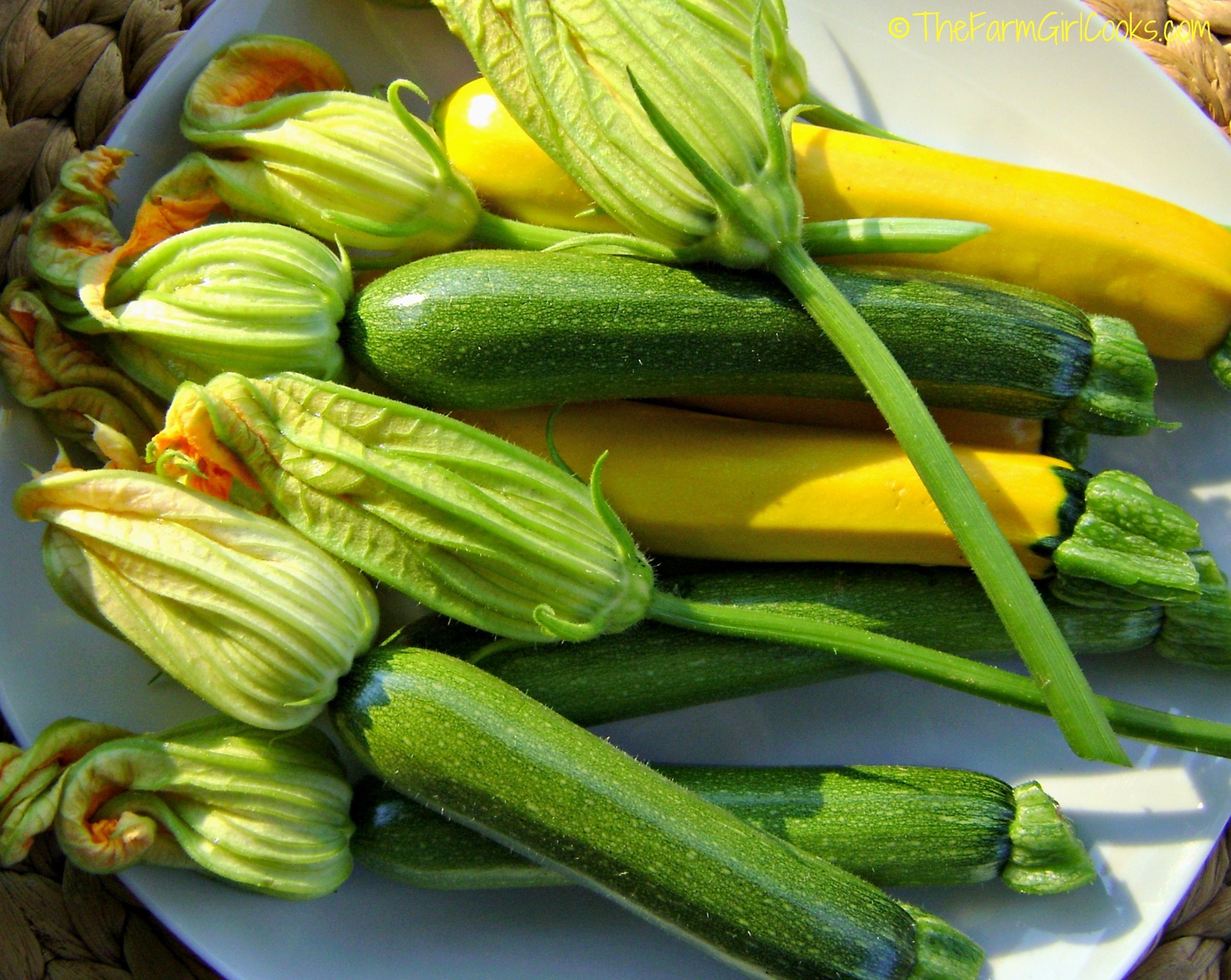
Baking a Delicious Overgrown Yellow Squash Casserole
Preheat the oven
To create a scrumptious overgrown yellow squash casserole, preheat your oven to 350°F (175°C). This temperature will allow the casserole to gently bake and become golden brown on top.
Prepare the squash
Begin by washing the overgrown yellow squash thoroughly and patting it dry. Cut off the ends and slice the squash into thin rounds or half-moons, depending on your preference. Keeping the skin intact will add color and texture to the casserole.
Create the casserole mixture
In a large mixing bowl, combine the sliced overgrown yellow squash, diced onions, minced garlic, shredded cheese, mayonnaise, beaten eggs, and breadcrumbs. Season the mixture with salt, pepper, and any herbs or spices you desire. Mix everything together until well combined, ensuring that all ingredients are evenly distributed.
Bake the casserole
Transfer the squash mixture to a greased baking dish, spreading it out into an even layer. If desired, sprinkle some additional shredded cheese or breadcrumbs on top for an extra cheesy and crispy crust. Place the baking dish in the preheated oven and bake for approximately 30-40 minutes, or until the casserole is bubbling and the top is golden brown.
Serve and enjoy
Once the overgrown yellow squash casserole is baked to perfection, remove it from the oven and let it cool slightly before serving. This comforting and satisfying dish can be enjoyed as a vegetarian main course or as a side dish to accompany your favorite proteins. The creamy texture, savory flavors, and hint of crunch from the golden top will surely make this casserole a crowd-pleaser!
Sauteing Overgrown Yellow Squash with Herbs
Slice the squash
Start by rinsing your overgrown yellow squash under cool water and patting it dry. Cut off the stem and blossom ends, and then slice the squash into thin rounds or half-moons. The choice of shape will depend on your personal preference.
Prep the herbs
Gather your favorite herbs for sautéing the overgrown yellow squash. Popular options include fresh basil, thyme, oregano, or parsley. Rinse the herbs under cool water, pat them dry, and finely chop them. This will release their aromatic flavors into the dish.
Heat the pan
Place a large skillet or frying pan over medium heat and add a drizzle of olive oil or butter. Allow the oil or butter to heat up until it shimmers or melts completely. This will ensure that your squash cooks evenly and develops a delicious golden color.
Cook the squash with herbs
Once the pan is heated, add the sliced overgrown yellow squash to the skillet. Sauté the squash for approximately 5-7 minutes, stirring occasionally, until it becomes tender but still retains a slight crunch. Sprinkle the chopped herbs over the squash during the last minute or two of cooking, allowing them to release their flavors.
Season and serve
Once the overgrown yellow squash is cooked to your desired tenderness, remove it from the heat. Season the sautéed squash with salt, pepper, and any additional spices or seasonings of your choice. Transfer the squash to a serving dish and enjoy it as a simple and flavorful side dish alongside your favorite main course.
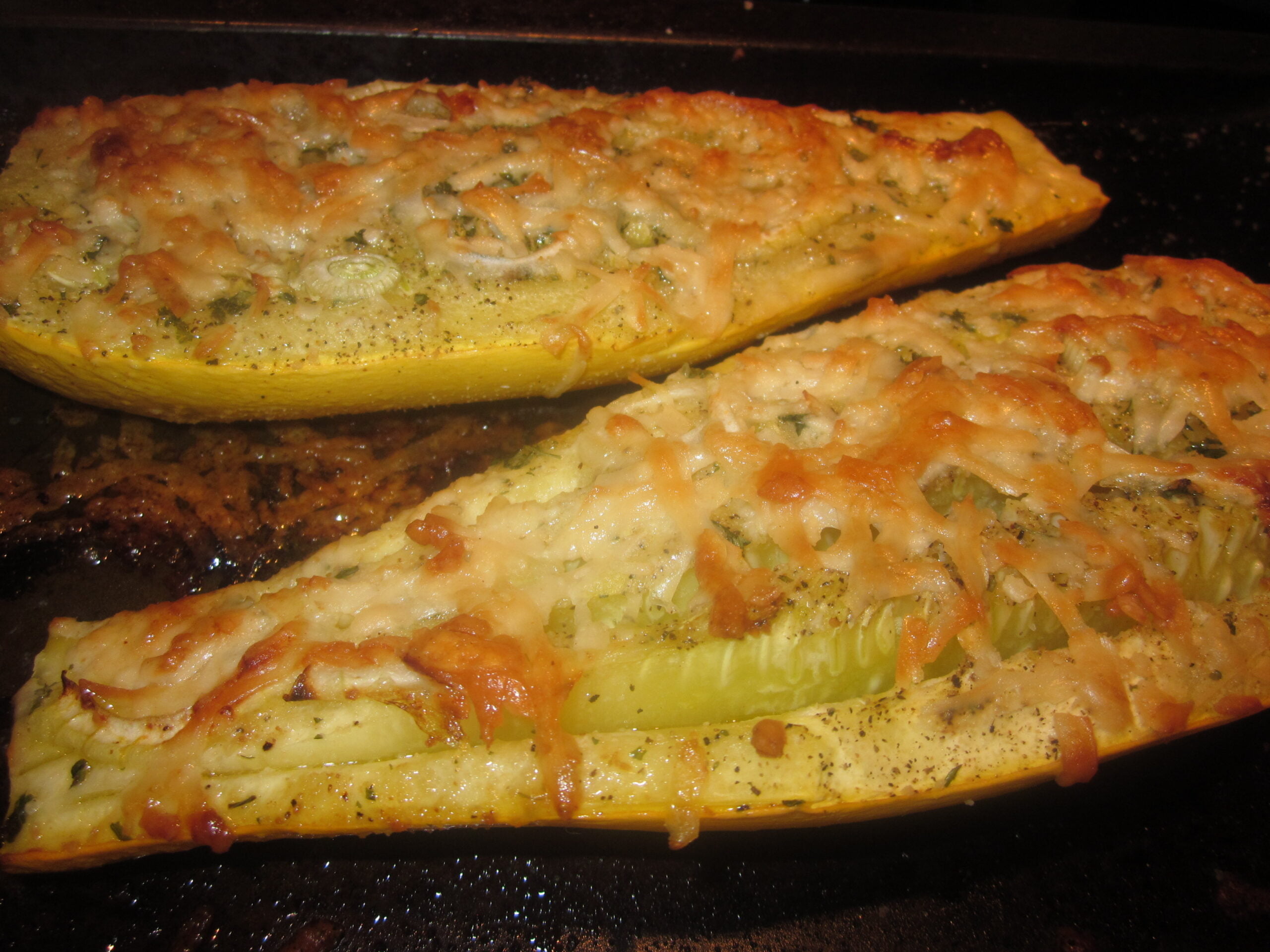
Using Overgrown Yellow Squash in Pasta
Prepare the squash
Wash the overgrown yellow squash under cool water and pat it dry. Cut off the stem and blossom ends, and then slice the squash into thin rounds or julienne strips. You can also use a spiralizer to create fun and curly “squash noodles.”
Cook the pasta
Bring a pot of salted water to a boil and cook your chosen pasta according to the package instructions until al dente. Drain the pasta and set it aside, reserving a few tablespoons of the cooking water to add later if needed.
Make the sauce
In a large skillet, heat olive oil over medium heat. Add minced garlic and cook until fragrant, about 1-2 minutes. Add the sliced overgrown yellow squash to the skillet, sautéing it until tender and slightly golden. You can also add other vegetables like cherry tomatoes, spinach, or mushrooms for added flavor and variety. Toss the cooked pasta into the skillet with the squash, stirring everything together to combine.
Combine and serve
If the pasta seems a bit dry, add a splash of the reserved cooking water to loosen the sauce and help it coat the noodles evenly. Season with salt, pepper, and any additional herbs or spices you prefer. Once well combined, transfer the overgrown yellow squash pasta to plates or bowls and serve it hot. This dish is a fantastic way to include more vegetables in your meal while satisfying your pasta cravings.
Preserving Overgrown Yellow Squash through Freezing
Wash and slice the squash
Rinse the overgrown yellow squash under cool water, ensuring it is thoroughly clean. Remove the stem and blossom ends, and then slice the squash into even rounds or half-moons. The slices should be approximately ¼-inch thick, as this will help them freeze more quickly and evenly.
Blanch the slices
Blanching the squash before freezing helps to maintain its texture, color, and flavor. Bring a large pot of water to a boil and add the sliced overgrown yellow squash. Blanch the slices for about 3 minutes, then quickly transfer them to an ice bath to stop the cooking process.
Cool and drain the slices
After the squash slices have been blanched and cooled, drain them thoroughly to remove excess moisture. Pat them dry using a clean kitchen towel or paper towels. You want to minimize the amount of water on the slices before freezing to prevent ice crystals from forming.
Pack and freeze the squash
Arrange the blanched and dried overgrown yellow squash slices in a single layer on a baking sheet lined with parchment paper or plastic wrap. Place the baking sheet in the freezer and let the slices freeze for a few hours until they are solid. Once frozen, transfer the slices to airtight freezer bags or containers, removing any air pockets. Label the containers with the date and contents for easy identification.
Label and store
Store the frozen overgrown yellow squash slices in the freezer for up to 3 months. When you’re ready to use them, simply remove the desired amount from the freezer and thaw them in the refrigerator overnight or defrost them in the microwave. They are ideal for adding to soups, stews, stir-fries, or casseroles, allowing you to enjoy the taste of fresh squash even during the off-season.
In conclusion, overgrown yellow squash can be a culinary delight rather than a waste. From roasting and grilling to stuffing, pickling, and sautéing, there are numerous ways to transform this abundant vegetable into mouthwatering dishes. Whether you’re in the mood for a creamy soup, crispy fritters, or a hearty casserole, these recipes and preservation techniques will help you make the most of your overgrown yellow squash. Get creative in the kitchen and enjoy the flavors and versatility that this vibrant vegetable has to offer!
